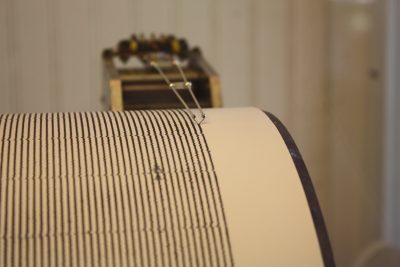How Faults Heal
March 16, 2023

Scientists have a new way to study the world’s most powerful earthquakes after researchers found that a frictional phenomenon governs how quickly the fault surfaces bond together, or heal, after an earthquake.
Writing in Science, researchers at the University of Texas Institute for Geophysics used the phenomenon to calculate that a harmless kind of “slow motion” earthquake off the coast of New Zealand would happen every few years because its fault was very slow to heal.
That alone won’t allow scientists to predict when the next big one will strike — large earthquakes are too complex — but it does give researchers a valuable new way to investigate the causes and potential for a large, damaging earthquake to happen, the authors said.
Back to the Geoscientist